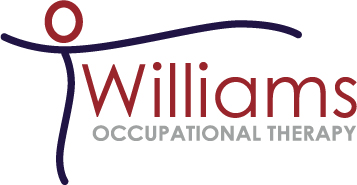“Assistive Technology (AT) comprises products (both mainstream and customised), environmental modifications, services and processes that enable the participation of people with disabilities in their daily activities” – (World Federation of OT 2019).
We could not have put it any better.
That’s why Williams OT wants to assist you and people with disabilities live their best lives by:
- Being mobile and active with the right equipment.
- Being able to access the environments that are meaningful for you.
- And do it in a way that has as much comfort and safety as possible for your long term health.
Finding the right solution for you
An Occupational Therapy AT assessment is just like going to any medical practitioner or health provider. We start with an assessment to identify your priorities and to help make recommendations.
STEP 1
Complete a referral form so we can learn about you before your booking and get on our contact list.
STEP 2
Book in for your initial assessment to unpack your needs and functional challenges.
STEP 3
AT Williams OT, we complete a personalised home and environment assessment to make sure the right equipment fits your life.
STEP 4
Work with your Occupational Therapist to reach your individual goal that increases your function.
Williams OT has some of the most experienced and sought-after Occupational Therapists to help you with your assistive technology needs. Our links with providers and suppliers get you access to the best equipment and AT available. We often get referrals to fix other Occupational Therapist advice and prescriptions, and we don’t want this to happen to you.
To understand more about the process and how one of our assistive technology Occupational Therapists can help, click the link below to an interview that we did with our clinical lead OT. In the video, we unpack the process and the steps involved in our assessment process.
Your Assistive Technology Occupational Therapist can help you:
- Increase function and enjoy daily life to the full.
- Find the right equipment to help you access the environments that are meaningful for you in a safe and appropriate manner – click here for a full and comprehensive list of the possible solutions available to consider.
- Find the right home and environmental modifications to help you live an easier life – find more information about home and environmental modifications here.
- Assist and apply for funding once the right solution for you has been found – download our NDIS guide to assistive technology here.
- Educate you on the safe and appropriate use of any equipment prescribed difficulties getting access to the right knowledge and training strategies.
- Stay in regular contact to ensure your prescribed AT continues to meet your needs.

